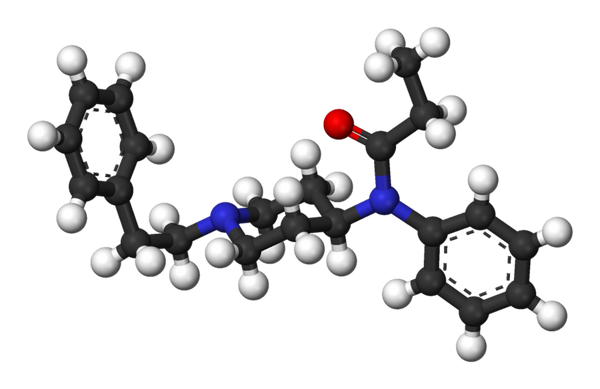No excuse for Canadian government’s slow response to fentanyl crisis
By Peter Mcknight
When gang violence erupted in British Columbia in 2009, the federal government acted at light speed to implement measures to contain the violence. That rapid response stands in stark contrast to the feds’ lethargy in dealing with the very things the gangs were fighting over: drugs.
Drug overdoses are nothing new, of course, especially in Western Canada. But at the onset of the gang war, something new did appear: fentanyl, a synthetic opioid about 100 times more potent than morphine.
According to the Canadian Community Epidemiology Network on Drug Use, fentanyl was detected in more than 1,000 drug-poisoning deaths in Canada from 2009 to 2014. Furthermore, fentanyl-detected deaths increased by nearly 700 per cent from 2012 to 2014 in B.C., and by more than 2,000 per cent from 2011 to 2014 in Alberta. The trend continued unabated last year, with record numbers of fentanyl-detected deaths in both provinces.
Clearly this is a crisis situation. And when you’re faced with such a situation, you have to act fast, particularly when you have the means to avert the crisis. We have the means. It’s called naloxone, a drug that blocks opioids in the brain, thereby preventing or reversing an overdose. Naloxone has been used in Canadian emergency rooms for more than 40 years, and many provinces have recently started providing Take Home Naloxone kits to people who use drugs, along with training in recognizing and reversing overdoses.
Click here to read the full article.
Keep up-to-date with drug policy developments by subscribing to the IDPC Monthly Alert.
Thumbnail: Wikimedia Commons
